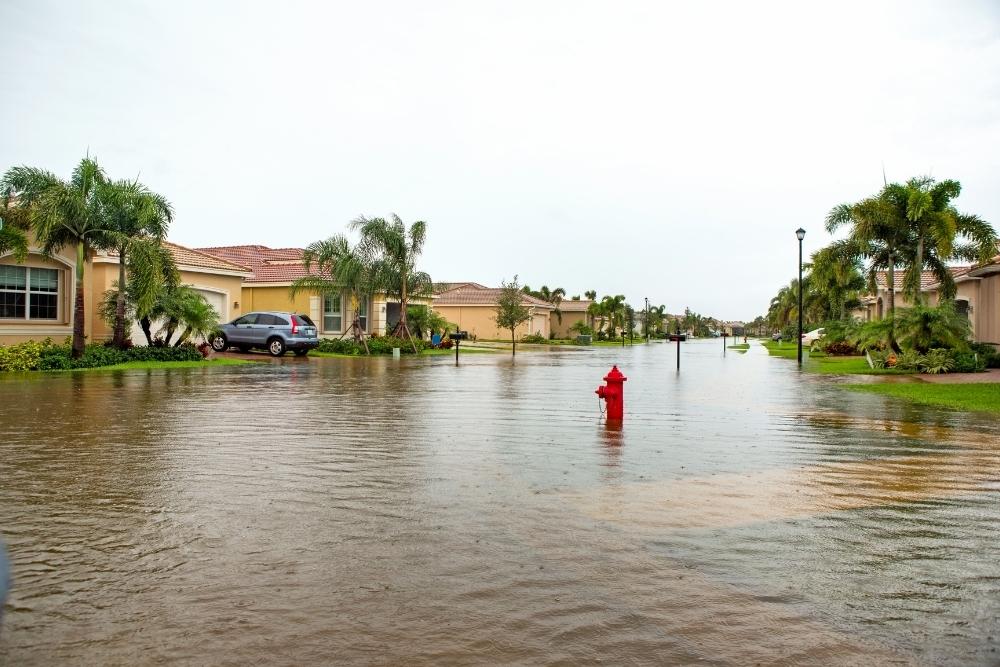What Does A Flood Insurance Policy Transfer or Assumption Mean?

A homeowner trying to escape a high-risk flood zone can make their property more attractive by offering a flood insurance policy transfer to the buyer. Here are the advantages and disadvantages of offering a flood insurance transfer to the next homeowner when moving to a new location.
Is Flood Insurance Transferable?
Living in a flood zone determined by the federal government often requires buying flood insurance in order to get a mortgage loan. The Federal Emergency Management Agency (FEMA) allows sellers of homes in these areas to provide a flood insurance policy transfer to the buyer. FEMA’s National Flood Insurance Program (NFIP) is the nation’s largest flood insurance provider. When a new homeowner takes over a FEMA-backed flood insurance policy, it’s called “assuming” a flood policy.
In order to access this plan, the homeowner must fill out paperwork and wait for NFIP approval for a period of 30 days. The forms are about 3 pages and require verification of your primary residence. Your application may not be approved if the home is not your primary residence and you are simply renting it out to tenants. FEMA views property rentals differently than a primary residence. The policy transfer must be initiated before the home sale closes.
Advantages of Flood Insurance Policy Transfer
Key advantages exist for both buyers and sellers of a home that involves a flood insurance policy transfer. The buyer doesn’t have to go through the process of searching for flood insurance while the seller gains a marketing edge to attract a buyer. Locking in a fixed flood insurance cost can save both the buyer and the seller hundreds or thousands of dollars per year.
Once the policy is established, the same insurance rate is locked in, even after changes are made to the flood insurance map. So if the homeowner is required to carry flood insurance in order to get a home loan, a flood insurance policy transfer speeds up the closing process and cuts closing costs.
Disadvantages of Flood Insurance Policy Transfer
One of the main disadvantages of a flood insurance policy transfer is that it must be paid upfront for the year, which might be thousands of dollars. So if a homeowner buys the policy early in the year then decides to sell the home a few months later, there’s no refund, as the policy simply carries over to the next homeowner.
Usually, flood insurance policy transfers are only done through NFIP, so there isn’t much flexibility or a similar alternative program. Another limitation to NFIP is that policies cannot be transferred on buildings under construction or insurance plans that only cover property contents.
Can Private Flood Insurance Be Transferred?
Unlike an NFIP policy, a private flood insurance policy cannot be transferred to a new homeowner. That means both the seller and the buyer will have separate policies. The advantage to getting a flood insurance policy from a private agency is that you’ll have more flexibility with the ability to customize it. Other advantages include higher coverage limits and a simpler application process without a 30-day wait period.
Conclusion
Moving out of a flood zone can be accelerated with a flood insurance policy transfer through NFIP. For more information on flood insurance, contact our experts at Jack Stone Insurance Agency, and we’ll be happy to answer your questions.





